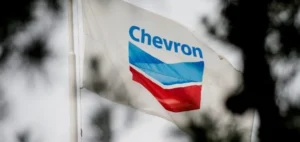BP is facing what it considers an unproductive year, according to financial sources. The group points to a strategy focused on its petroleum and gas activities. Layoffs affect 4,700 internal employees plus 3,000 subcontractor positions. This approach is part of a simplification program centered on cost reduction.
Cost reduction
BP’s financial results have dropped, particularly during the first three quarters of the last fiscal year. Refining margins have declined, while weak sales have impacted overall revenue. Asset impairments have also weighed on global profitability. Some analysts link this downturn to fluctuations in the price of a barrel.
Management insists on building a simpler organization aligned with its core business. Similar decisions are appearing among other competitors who pivot toward hydrocarbons to satisfy shareholders. The stock market responds favorably to these refocusing signals, as indicated by certain financial indices. Observers see a global trend guided by profitability.
Cost reduction
According to internal sources, BP’s repositioning includes a significant slowdown in renewable investment. Previously announced climate commitments face reevaluation, sparking speculation among certain investors. Promises to reduce oil production may be adjusted in the near term. The expected strategies will be clarified in upcoming official reports.
Job cuts represent over 5% of BP’s total workforce. The group operates in more than 60 countries, with approximately 87,800 employees. Each region abides by distinct regulatory frameworks, requiring formal consultations. Specific support is pledged to affected employees.
Cost reduction
The new orientation also aims to boost the company’s stock valuation, considered insufficient by some. Certain competitors, such as Shell, take a similar route, abandoning certain initial climate objectives. Other players, including TotalEnergies, even plan to expand oil and gas production. Experts foresee a lasting impact across the entire sector.






















